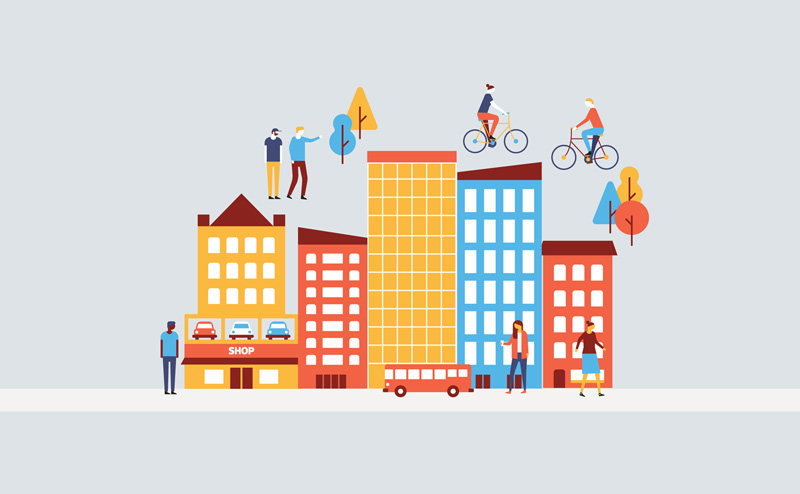At the June 23, 2020 City Council Public Hearing (item 3.22), City Council voted to enable Open Option Parking city-wide effective July 2, 2020. Open Option Parking means that minimum on-site parking requirements have been removed from Edmonton’s Zoning Bylaw, allowing developers, homeowners and businesses to decide how much on-site parking to provide on their properties based on their particular operations, activities or lifestyle.
Removing parking minimums doesn’t necessarily mean that no parking will be provided. Businesses and homeowners know their parking needs best and have an interest in ensuring they are met, making this approach more likely to result in the “right amount” of parking.
Under the new rules, barrier-free (accessible) parking will continue to be provided at comparable rates to before and bicycle parking requirements have increased. Maximum parking requirements have been retained downtown, and expanded in Transit Oriented Development (TOD) and main street areas.
Design requirements for both surface and underground parking facilities have also been enhanced, and opportunities created for businesses and homeowners to share parking or lease out parking spaces to nearby properties. The City will monitor the impacts of shared parking and report back to City Council in early 2021.
While the change will be transformative, it will also be gradual. Only coming into effect as homes and businesses are slowly developed or redeveloped across the city in the decades ahead.
Curbside Management Strategy
The introduction of Open Option Parking was recognized as having potential impacts to on-street curbside parking demand and utilization patterns over time. As a result, the City has developed a Curbside Management Strategy, which seeks to more equitably and strategically manage and diversify how we use our public curbside space.
Canadian Institute of Planners Award
The Canadian Institute of Planners awarded the City’s Open Option Parking project with an Award for Planning Excellence. “Edmonton’s Open Option Parking strategy can transform the City and inspire other Canadian communities to look at similar changes,” said a statement from the Jurors. “Crowd-sourcing data collection, and the effort to make parking discussions interesting and relevant, were both key factors that stood-out. This project will positively impact the sustainability of Edmonton’s future, while creating a more vibrant livable community.” Learn more about the award.


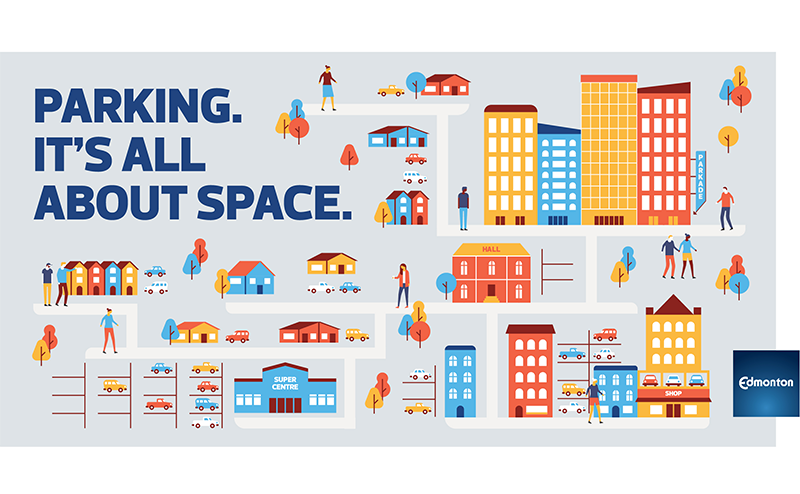
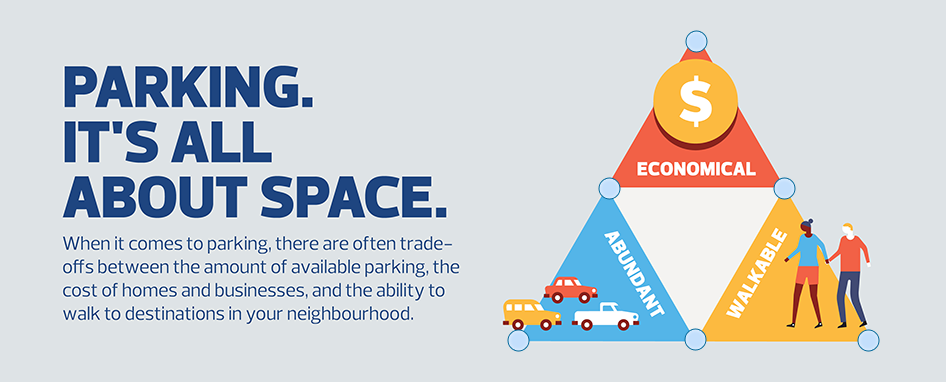
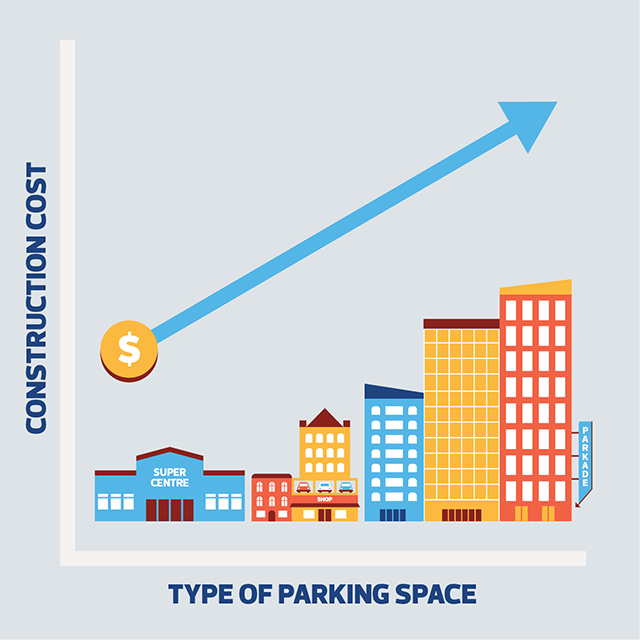
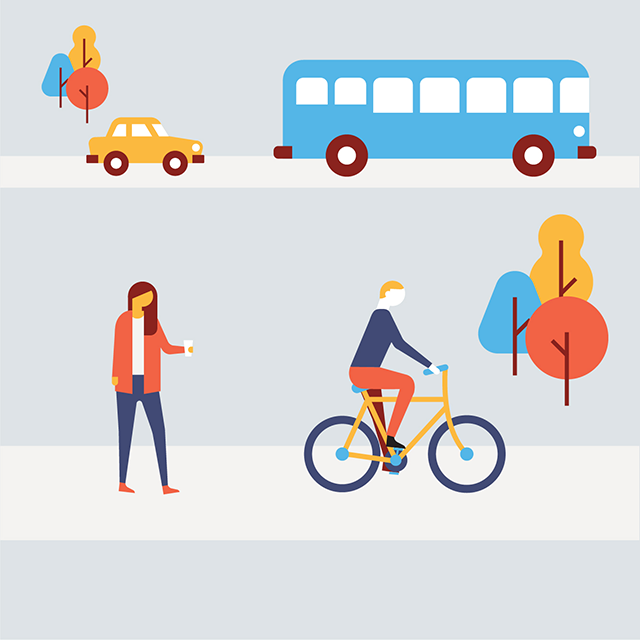
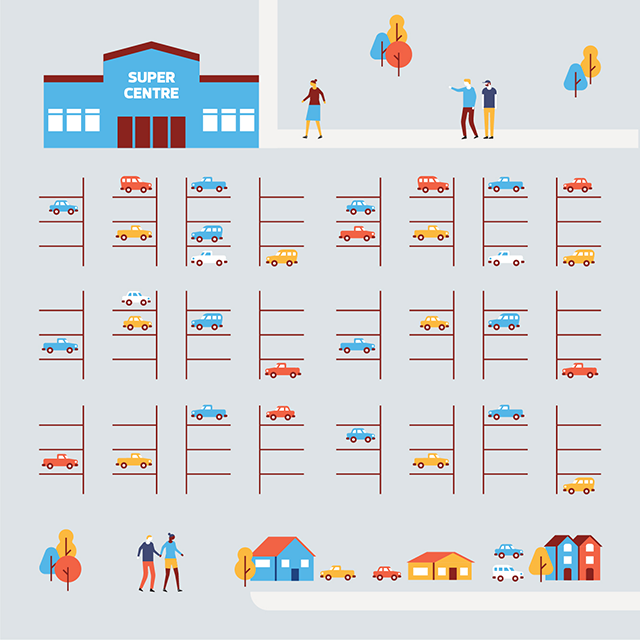
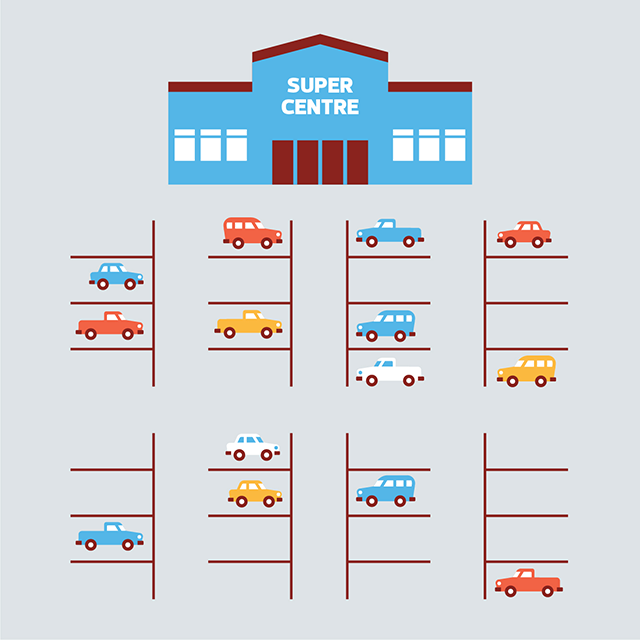
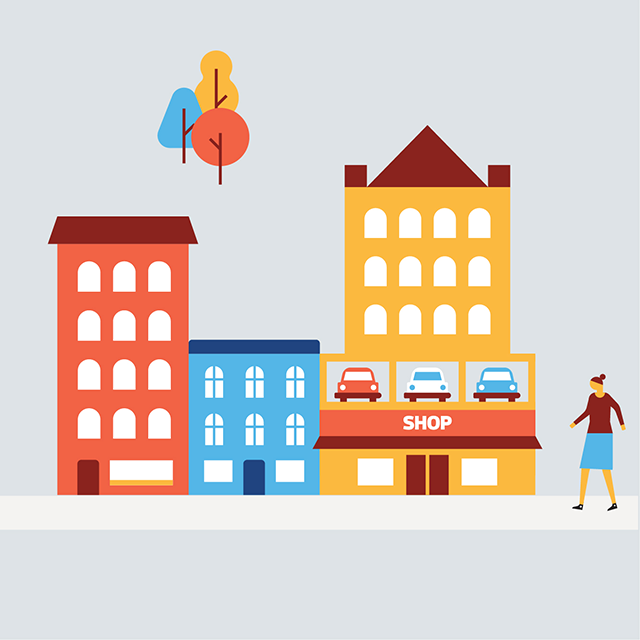
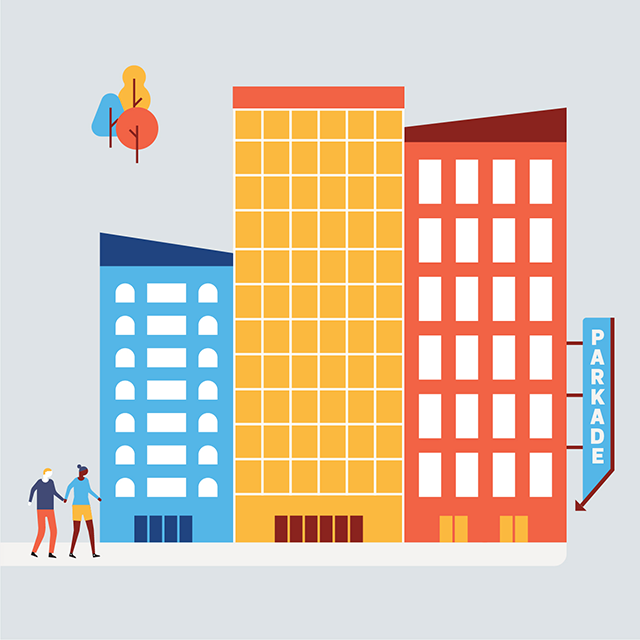
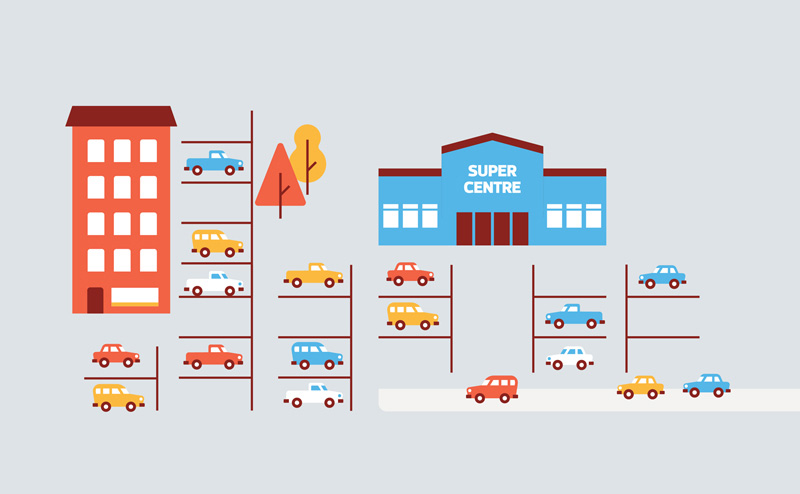
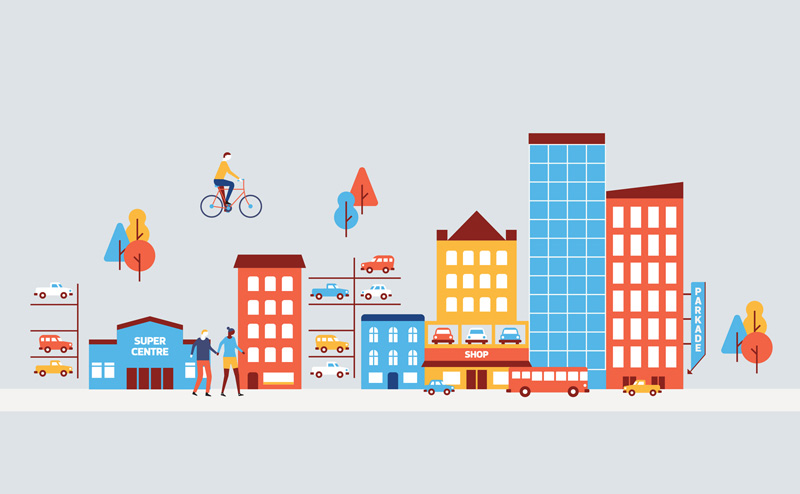 Businesses and homeowners can choose the amount of parking they provide.
Businesses and homeowners can choose the amount of parking they provide.